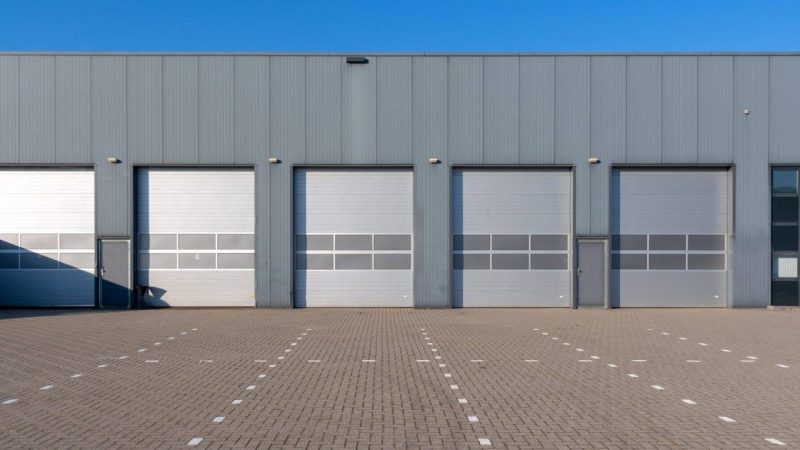European Logistics CRE: Outdated Assets Won’t Ride Growth Momentum

Categories :
Logistics could be a big winner among CRE sectors post Covid-19. Structural changes to supply chains were already reshaping the sector, creating high-conviction opportunities for investors. Fit-for-purpose assets are more relevant than ever, according to a recent report.
Covid-19 impacts represent one of six fundamental factors behind the growth momentum of European logistics, alongside growth in e-commerce, end-customer demands, supply chain optimisation, a supply-demand/supply imbalance, and new urban developments. “Aside from the deeply uncertain macro-economic outlook as a result of coronavirus effects, these forces are strongly supportive of the mid to long-term growth picture,” said Florent Albert, associate director in Scope’s structured finance team and author of a report on logistics CRE out today.
In the short term, the resilience of logistics CRE will be supported by extra demand from food retailers and the pharmaceutical industry, as well as all-time low vacancy rates. This will offset reduced industrial activity and overall supply-chain disruption.
“When economic activity restarts, companies will rebuild their stocks and rethink just-in-time production, benefiting the logistics sector in term of demand for delivery and storage,” said Albert. “In the longer term, the world’s biggest-ever quarantine experiment will be a tremendous opportunity for the logistics sector to reach parts of the economy that have been unreachable by e-commerce so far: senior customers and the food and beverage industry. The Covid-19 crisis will likely be a catalyst for new consumer behaviour and trends supporting the logistics sector.”
Changes in consumer patterns were already driving rapid growth in e-commerce. Consumers now expect next or same-day delivery and flexible solutions to pick up and return goods. This is reshaping the supply-chain model. “E-logistics constitutes a strategic opportunity to improve service levels at a marginal cost. Consequently, logistics operators are willing to pay high rents for real-estate assets that can improve their service levels by gaining access to highly populated areas,” Albert said.
Companies need to understand the impact of selecting the right real-estate assets. Online retail is a real estate-intensive activity, requiring roughly three times more logistics space than traditional retail. This requires significant logistics support, including higher transport capacity and use of more distribution warehouses and storage space.
“The entire logistics real-estate chain has to adjust to new online customer and tenant needs: flexibility, convenience and time/cost efficiencies. Sponsors will have to rethink their business plans to embed tenants’ appetite for agile and vertical real-estate solutions allowing multi-tenanted space and mezzanine expansion,” Albert said. Lenders, meanwhile, need to remain cautious given the relatively large size of logistics assets, their single-tenant nature, and lower tenant quality that may expose them to cashflow disruption.
Scope’s study on the performance of French logistics assets illustrate the trends described above. Firstly, small units out-perform large units in rental performance driven by giant e-retailers bargaining power. Secondly, assets built before the e-commerce boom exhibit volatile and poor occupancy rate reflecting their non-suitability for e-retailers. Finally, outdated assets exhibit an higher than average residual value discount highlighting re-letting and liquidity risks.
Citiesabc was created by a team of global industry leaders, academics and experts to create new solutions, resources, rankings and connections for the world’s top cities and populations.








